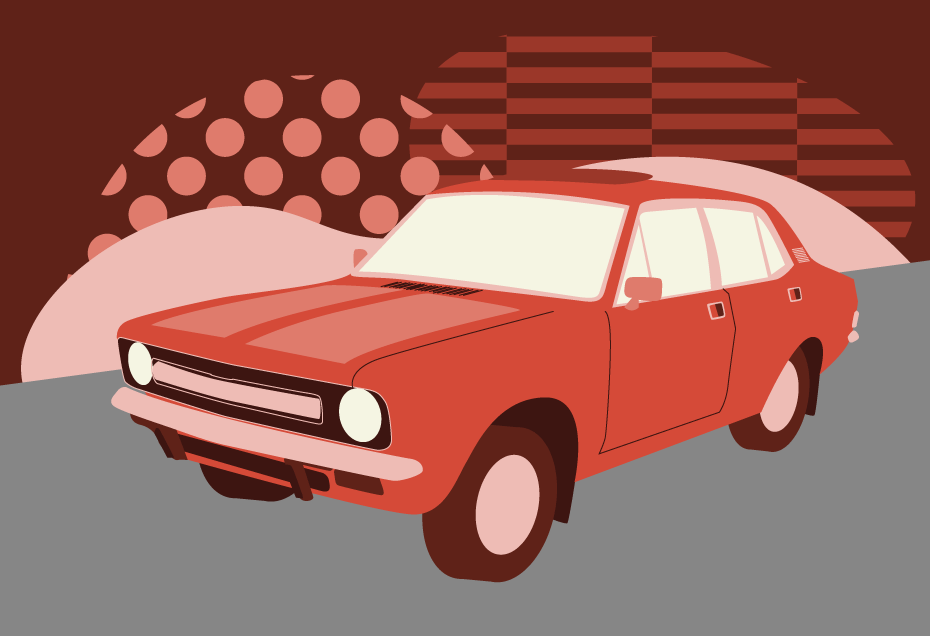The Renault Clio Williams was arguably the defining hot hatch of the 1990s, usurping the champion Peugeot 205 GTi from its lofty perch.
While it bathed in the reflected glory of the then-dominant Williams F1 team, its name was merely inspired marketing fluff – it was Renault Sport who turned the humble Clio into something special.
We look back at Renault’s pocket rocket.
Take the already excellent Clio 16V, give it to Renault Sport, slap a Williams F1 badge on it, and you’ve got the perfect ingredients for arguably the best hot hatch of the ‘90s.
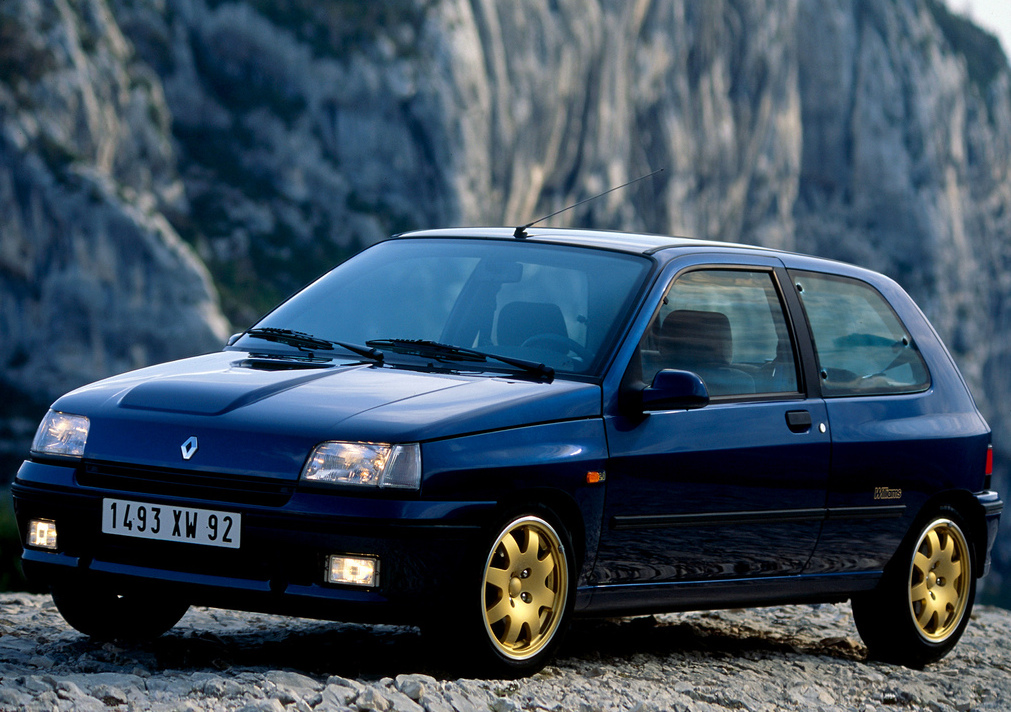
The Clio was already a roaring success on these shores when the Williams was conceived as a homologation special in 1993 to allow Renault to go rallying.
Launched here in 1991, when it was named European Car of the Year, the Clio was the first Renault to regularly sit in the top 10 sellers in the UK.
Its success was fuelled by Papa and Nicole, the fictional father and daughter who starred in the most popular car adverts ever aired in Britain, according to Channel 4 and ITV.

The first attempt to give the little car some extra oomph was the 1.8-litre, 8-valve RSi, producing a healthy 110bhp, followed by the much more powerful, fuel-injected 16V, which pumped out 137bhp and propelled the Clio to 130mph.
It was marked out by widened front wings and rear arches, colour-coded bumpers, a bonnet vent, and beefed up suspension and brakes.
That would have been the sporting high-point of the first generation Clio, but then came the Williams…
Clio Williams – what’s in a name?
In 1992, the Renault-powered Williams F1 team was virtually unstoppable, with Nigel Mansell winning the opening five races and going on to become the first driver to win nine races in a season.
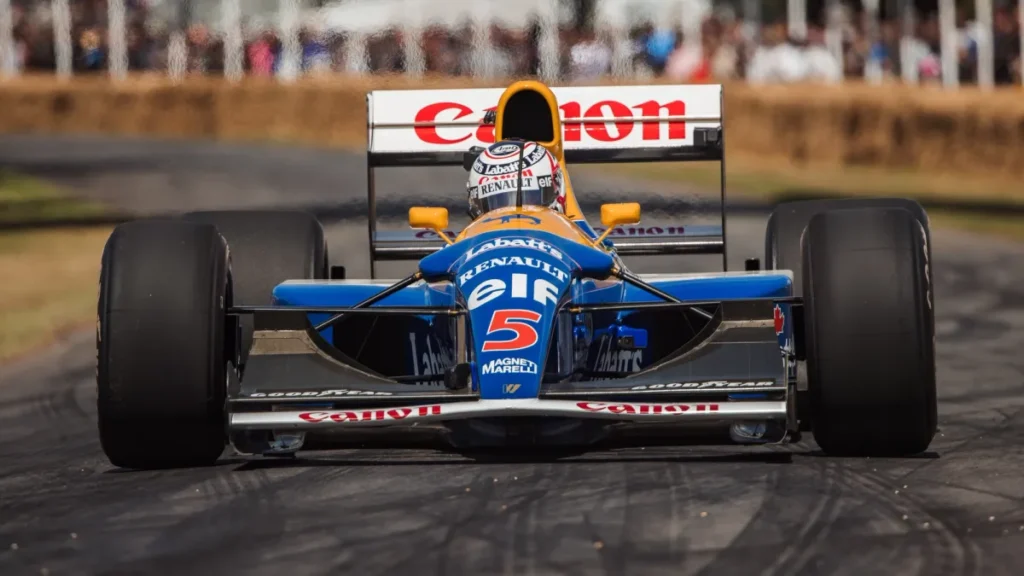
He had the title wrapped up with five races to spare, team-mate Riccardo Patrese often following him home and taking second in the overall standings.
The Williams-Renault partnership would go on to win five constructors championships in six years, so what better way of promoting your new rally car for the road than naming it in celebration of this phenomenal success?
Of course, Frank and his F1 team played no part in building the hot hatch that would bear his name, but Renault Sport had its own distinguished history, and there was nothing second rate about the job they performed on the Clio.
The French manufacturer’s motorsport division had, after all, been responsible for homologating the brutal, mid-engined R5 Turbo of the wild Group 4 rally days of the early ‘80s.
Motor Sport magazine, when reviewing the Clio Williams in July 1993, questioned whether “we could simply dismiss the whole thing as a cynical marketing ploy” – but then they drove it, and found that it was the real deal after all.
Renault Clio Williams under the skin
Renault Sport chose the Clio 16V as a base car to work on, boring out the twincam 1.8-litre F7P engine to create the 2-litre F7R unit.
But that’s not all they did – a longer stroke, higher lift camshafts, bigger inlet valves, a stronger crankshaft, and polished inlet manifolds joined a Fenix 3A multi-point fuel injection system.
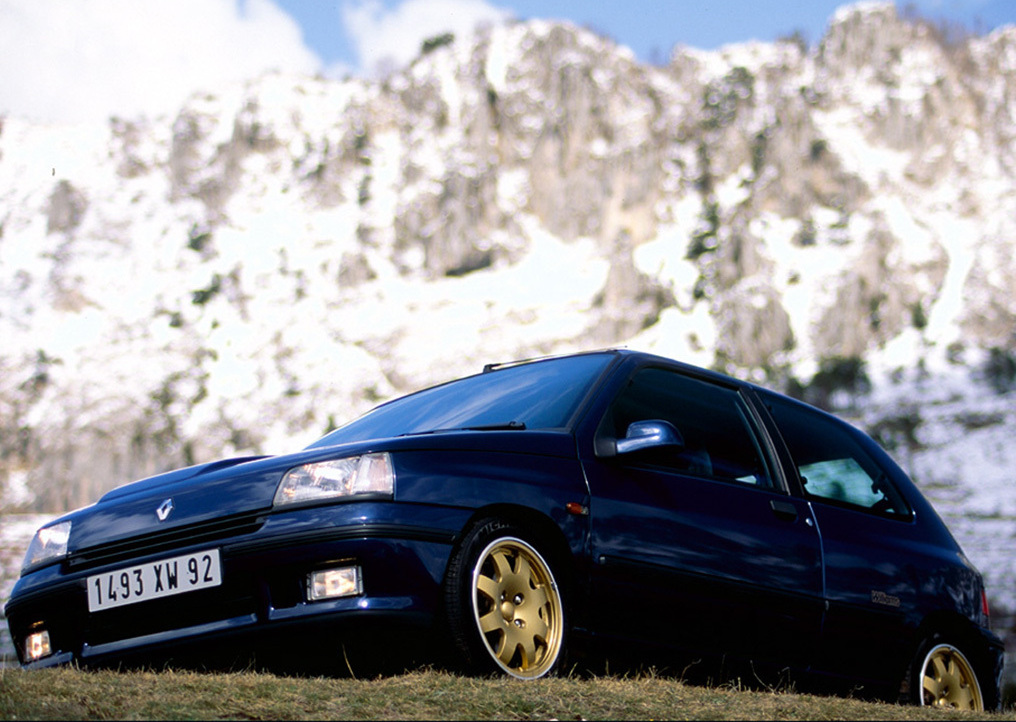
A four-to-one exhaust manifold, a wet sump with revised baffles to prevent oil surges, and tri-electrode spark plugs completed the package.
It all added up to 148bhp at 6,100rpm and 129lb ft of torque at 4,500 revs, though 85 per cent of this was available at just 2,500 revs, making the Williams highly responsive to small nudges on the throttle.
Acceleration to 60mph was officially 7.8 seconds, though some road testers achieved better scores, with top speed up to 134mph.
To cope with all this, Renault used the stronger, more positive, close-ratio JC5 gearbox, while also stiffening the suspension, using a wider front track with wishbones similar to those used on the Renault 19 16V, and utilising the reinforced cross member used on the Clio Cup racing cars.
The Clio would come in metallic sports blue with gold Speedline alloy wheels, shod with Michelin 185/55R Pilot HX tyres, to mirror the blue and yellow of the F1 team.
Adrian Flux Classic Car Insurance
To keep costs down, and save a bit of weight, Renault removed the 16V’s ABS, electric mirrors, sunroof, and audio system.
On the inside, Renault held true to the blue theme, with blue Sagem dials, blue seat belts, blue trim around the top of the gear knob, blue carpets, and a blue embroidered W motif on the grey, supportive velour seats. There was also a numbered plaque on the dashboard to hammer home the exclusivity of the 3,800 cars that were to be made for homologation purposes – 1,300 more than were needed to enter competition.
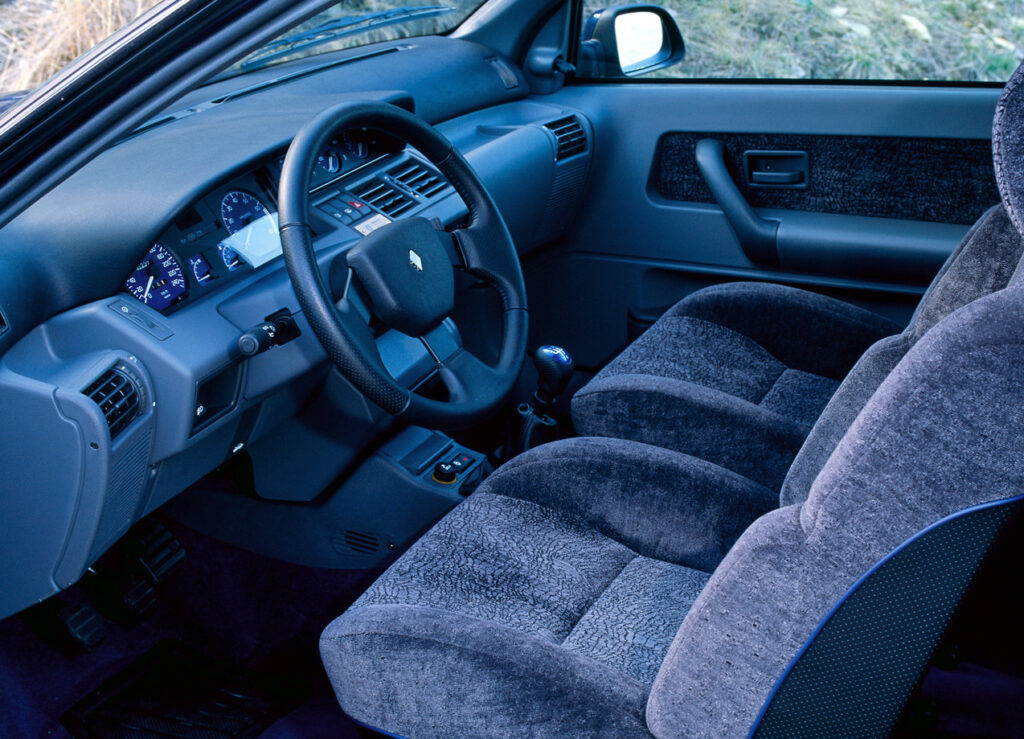
In the end, Renault built another 1,600 of the first iteration of the Williams, followed by another 6,700 of the Williams 2 and 3. Those who had bought the earlier cars were not overjoyed that they would not be quite as exclusive as they thought.
Clio Williams on the road
At face value, an increase in horsepower from the 137 of the 16V to the 148 of the Williams wasn’t a huge leap, but the overall package added up to something special.
It was greeted with widespread praise from the motoring scribes, with the initially sceptical Motor Sport describing “the world-class ride and handling”.
“The sheer grip is immense, yet the on-the-limit safety is preserved,” it added.
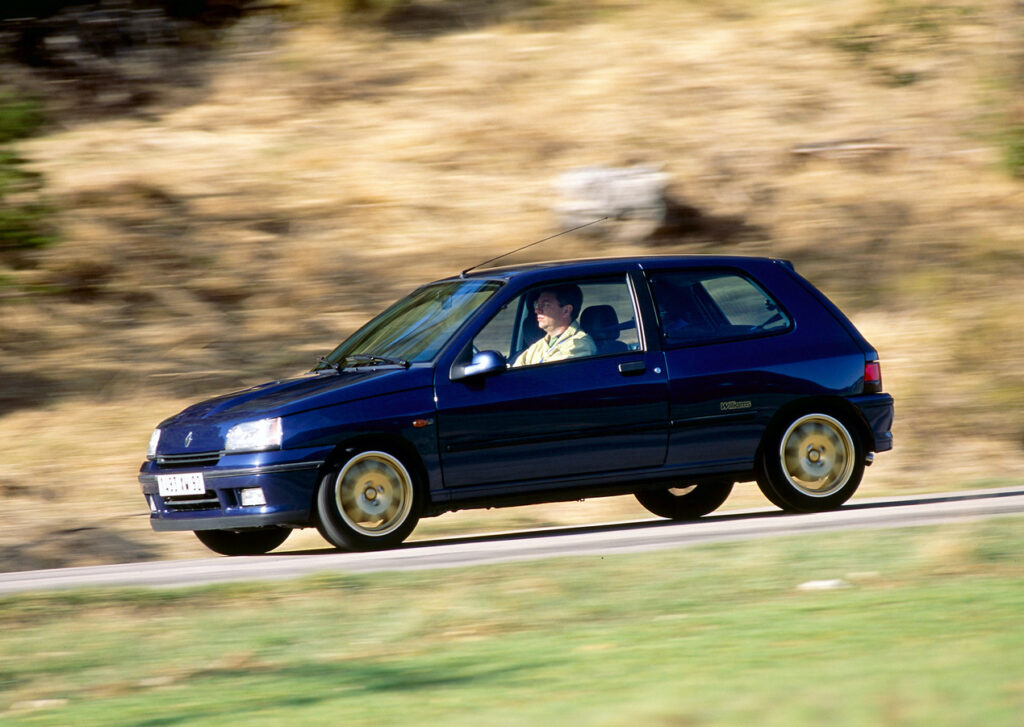
Autocar and Motor, wrote in June 1993 that the “limited edition Clio Williams takes the evolution of the hot hatchback on to a new plain and even raises the benchmark for front wheel drive cars”.
“Renault 5 GT Turbo owners need weep no more – here’s a Clio with even more bang for your buck and a sight more exclusivity.
“Imagine a standard Clio 16v improved in virtually every dynamic area while toting a power to weight ratio identical to a Golf VR6 and you have a handle on the Williams’ point-to-point ability: it’s awesome.”
With the ABS stripped out to save on weight and costs, the braking gave a more progressive feel and response than the 16V, while the steering was “ripe with feel”.
Other items missing from the 16V were the sunroof, electric door mirrors and fingertip stereo controls, but the improved handling and roadholding, and more peppy engine more than made up for it.
“Driven hard over testing terrain, the car has the kind of grip-and-go factor you’d expect of a four-wheel-drive car,” wrote Autocar.
Like our illustration of the Renault Clio Williams: the best hot hatch of the 90s? at the beginning of the article?
Download a free high-quality poster version here.
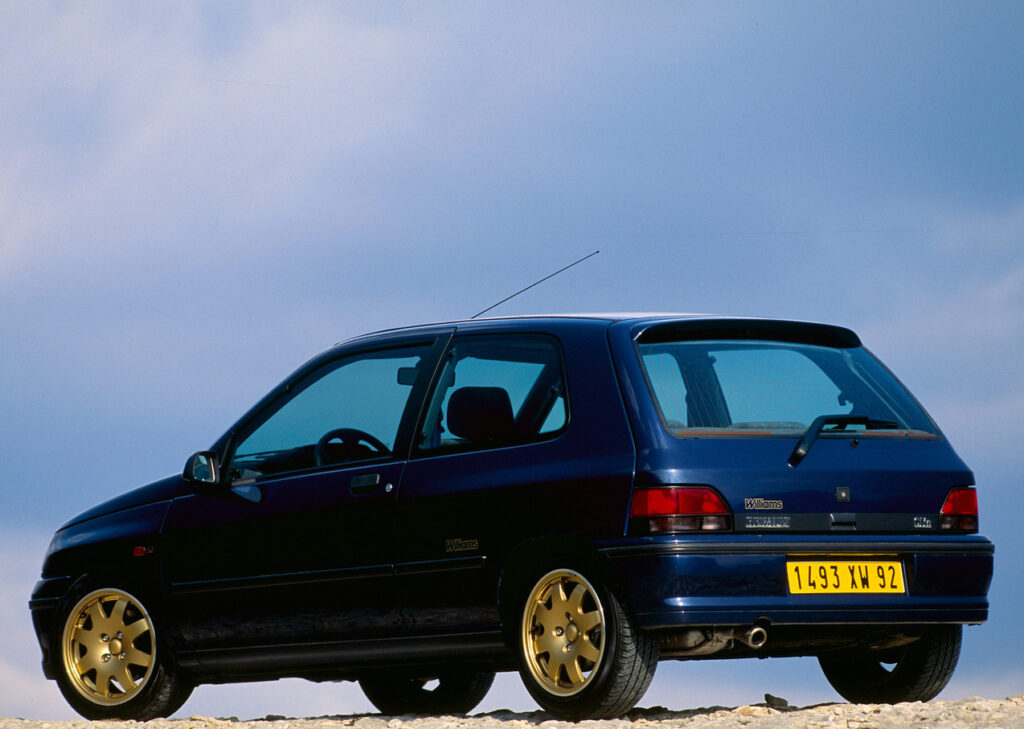
“It’s a brilliantly sorted and very desirable road rocket. Like the outrageous mid-engined 5 Turbos of the ‘80s, it showcases Renault Sport’s engineering talents.”
Just as impressive was the price – if you were lucky enough to get hold of one of the 390 examples destined for the UK in 1993, it would cost you the same as the 16V, and a whopping £3,000 less than the same car would cost in France, according to Autocar.
Roaring success
Renault always had a sneaking suspicion that the first run of cars would not be enough to satisfy demand, hence the additional 1,600 made in 1993.
So when they realised they had a huge commercial success on their hands, they decided to make a Williams 2, and then a Williams 3.
This wasn’t popular with those who had bought the original car, who feared the value of their investment would be diluted with an extra 6,700 Williams cars on the road.
They did at least retain a certain level of exclusivity – the first run was the only one that carried that numbered plaque on the dashboard, and the Williams 2 and 3 had some differences to the original.
The Williams 2 of 1994 had changes in line with phase 2 of the first generation Clio, with minor exterior trim changes and better soundproofing, while the car also gained some refinements of the 16V lost on the original Williams, such as electric mirrors. Just 482 of these cars were made with right hand drive.
With demand still high, Renault relented again, and produced the Williams 3 for 1995, this time in a lighter shade of blue – Monaco Blue pearlescent also used on the 16V.
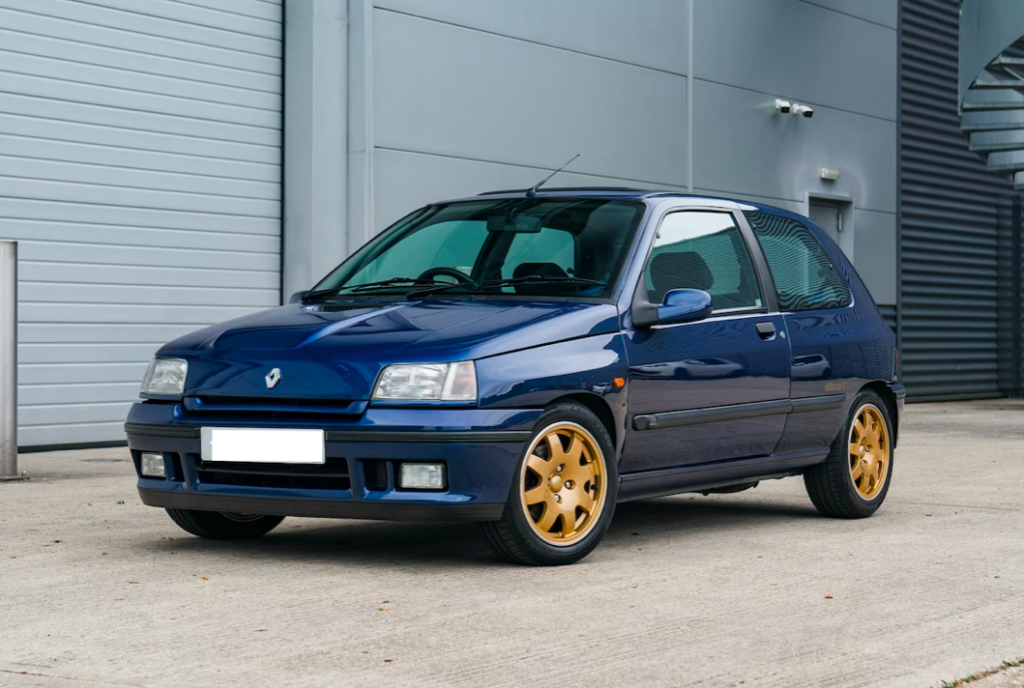
This final edition, 308 of which were destined for the UK, came with an electric sunroof as standard, and offered ABS for the first time.
In all, 12,100 cars were manufactured – well above the initial 2,500 required for homologation – with about 120 still registered and on the road in the UK, according to HowManyLeft – and another 460 or so SORNd.
The Renault Clio Williams was a dynamically brilliant car that reignited interest in hot hatches after the wilder days of the 1980s had passed.
It established the French marque as the one to beat in the hot hatch arena, overtaking the ageing Peugeot 205 GTi and setting new standards of handling and engineering.
Was it the best? Quite possibly.






